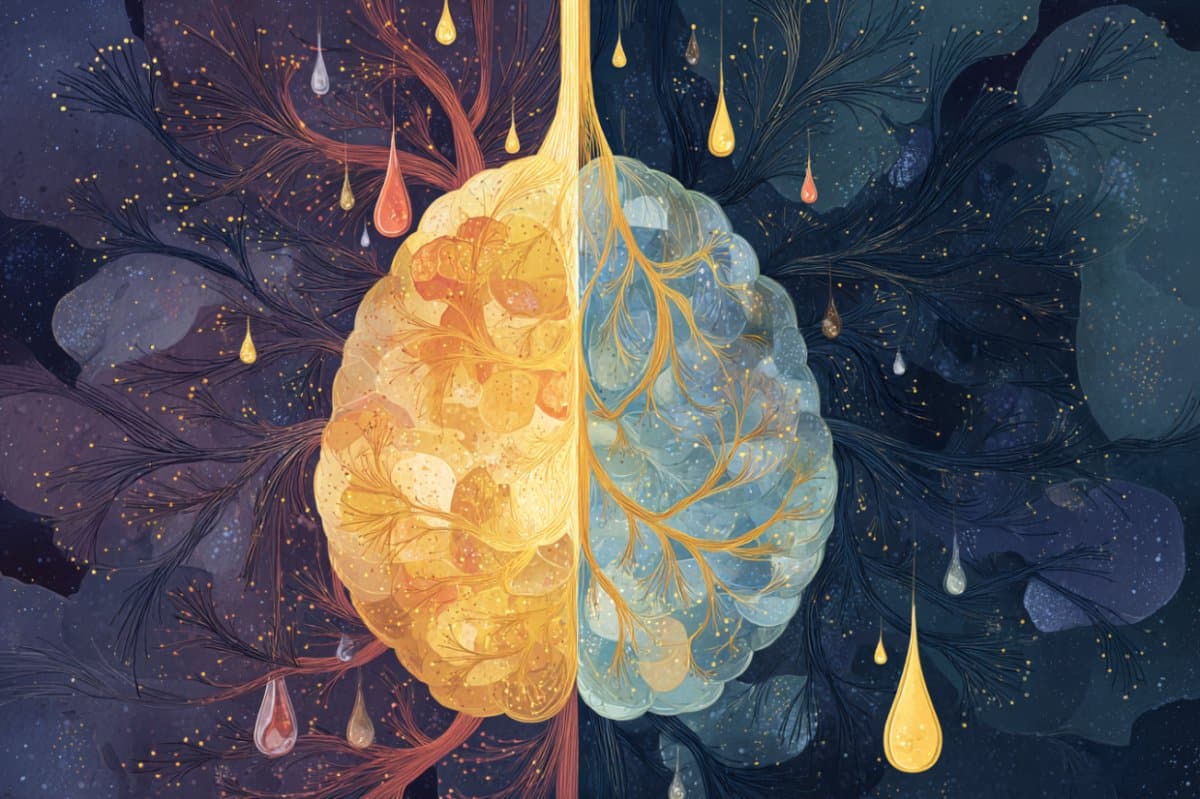Patrick Macmanus doesn’t usually read reviews — but the veteran showrunner went into his new series, Devil in Disguise: John Wayne Gacy (now streaming on Peacock), ready to break that habit. “Usually, I don’t want to think about it and I just want to move on,” he tells The Hollywood Reporter. “But in this case, I’ve been reading literally everything — and for a very specific purpose. I came at this release from a real point of curiosity as to whether people would get it. And so far people have gotten it.”
He’s referring to the years of work that went into separating Devil in Disguise from the rest of the true-crime, serial-killer-drama pack. Despite examining one of the most notorious American serial killers in history (played here by Michael Chernus), this show, which has received wide critical acclaim, doesn’t directly depict any of Gacy’s crimes. It doesn’t spend any time on his relationship to the victims, rather allowing them the narrative space to exist on their own terms before their lives were cut tragically short. Most crucially, it intently avoids the massive, common pitfalls that come with telling a story where queerness and psychopathy are central but utterly distinct themes.
In his years of researching true events for his shows, Macmanus has learned he often doesn’t know what he doesn’t know. So to make Devil in Disguise, he enlisted GLAAD — the non-profit focused on the advancement of LGBTQ+ representation and advocacy in media — as partners in everything from script outlining to the final stages of postproduction. “We rarely get brought in quite this early,” says Dana Aliya Levinson, GLAAD’s associate director of entertainment. “There were only a few episodes written at the time that we came on, so we actually got to have a real hand in shaping what the LGBTQ representation looks like, rather than tinkering around the edges, which often happens.”
GLAAD reacted to Macmanus’ initial outreach with “weariness,” Levinson admits. “It’s understandable with any sort of true crime story, especially one that was sort of framed so salaciously by media at the time.” Gacy, who was sentenced to death in 1980 and executed by lethal injection 14 years later, killed a minimum of 33 boys and young men, many of whom he first tortured and/or raped. He identified as bisexual and was rather mistakenly dubbed the “Killer Clown” in press because he had performed in a clown club — in short, he became both a monster and a punch line in popular culture. But even look at recent depictions of serial killers in American scripted TV, like Netflix’s popular but derided Monster: The Ed Gein Story — which THR’s review called “awful” (it’s at 18 percent on Rotten Tomatoes) — and you’ll see a long line of salacious, bloody dramatizations of these murderers at work.
Macmanus had assembled a predominantly queer writers room for Devil in Disguise and engaged in deep conversations with GLAAD about how to not “equate queerness with psychopathy or evil or bad.” A case study would be how the show very carefully identified Gacy’s obsession with his mother’s underwear — a visual that’s long served as an ugly stereotype of trans people in media and tends to exacerbate homophobia. Macmanus initially felt like the concern was “nuanced,” but came to realize the vitality of approaching it with utmost sensitivity. (Worth noting, Ed Gein opens by luridly depicting its subject, played by Charlie Hunnam, masturbating in his mother’s undergarments.)
GLAAD never got in the way of showing what needed to be shown for the story, however. “Our line is always: If you choose to step on that landmine, we just want you to know that you’re doing it,” Levinson says. Their involvement stayed in the realm of guidance, not directives. “They were never trying to force an agenda,” Macmanus says. Other topics that led to extensive discussion were Devil in Disguise’s portrait of sex work, balancing destimigatization with the real dangers it posed at the time, and “not adulting” the victims of Gacy who were not legal adults.
Then there’s the throughline of systemic homophobia. “If we’re not going to show murders over and over again — which was what we chose to do very specifically — we are replacing that with the people who were responsible for allowing him to get away with it,” Macmanus says. “We made the choice to basically say, ‘These are the people who were partially responsible for this happening over and over again.’” Adds Ryan Mitchell, GLAAD’s senior entertainment media consultant: “Despite the fact that many of Gacy’s victims were not queer men, they were assumed to be gay by the authorities.” It’s a point some critics have argued was made a bit too repetitively in the series. Macmanus counters: “So that may have been too much, but sometimes it’s not too much to be able to show the violence on the screen over and over again? It’s just an interesting criticism.”
Devil in Disguise leaves ample room for queer joy amid so much terror — perhaps its most radical act. “We need to continue to see our stories in a time where, put simply, we are being erased in our storytelling,” Mitchell says. “It’s important to have a partnership like this where we can really help construct what it looks like to have complex, nuanced queer stories on television.” Levinson, meanwhile, has thought back to the way Gacy’s crimes were covered in media for decades until Devil in Disguise came around: “To finally get to see them as people with families and loved ones, living full and complete lives, and then feel gutted as an audience when we see them taken too soon — it helps us understand this story through the lens of [how the victims] were real human beings with complex, layered existences.
“We know from data that storytelling changes hearts and minds,” Levinson continues. “The attention and care with which these stories were told is ringing truthfully for a lot of people.”
Devil in Disguise: John Wayne Gacy is now streaming on Peacock.
First Appeared on
Source link












